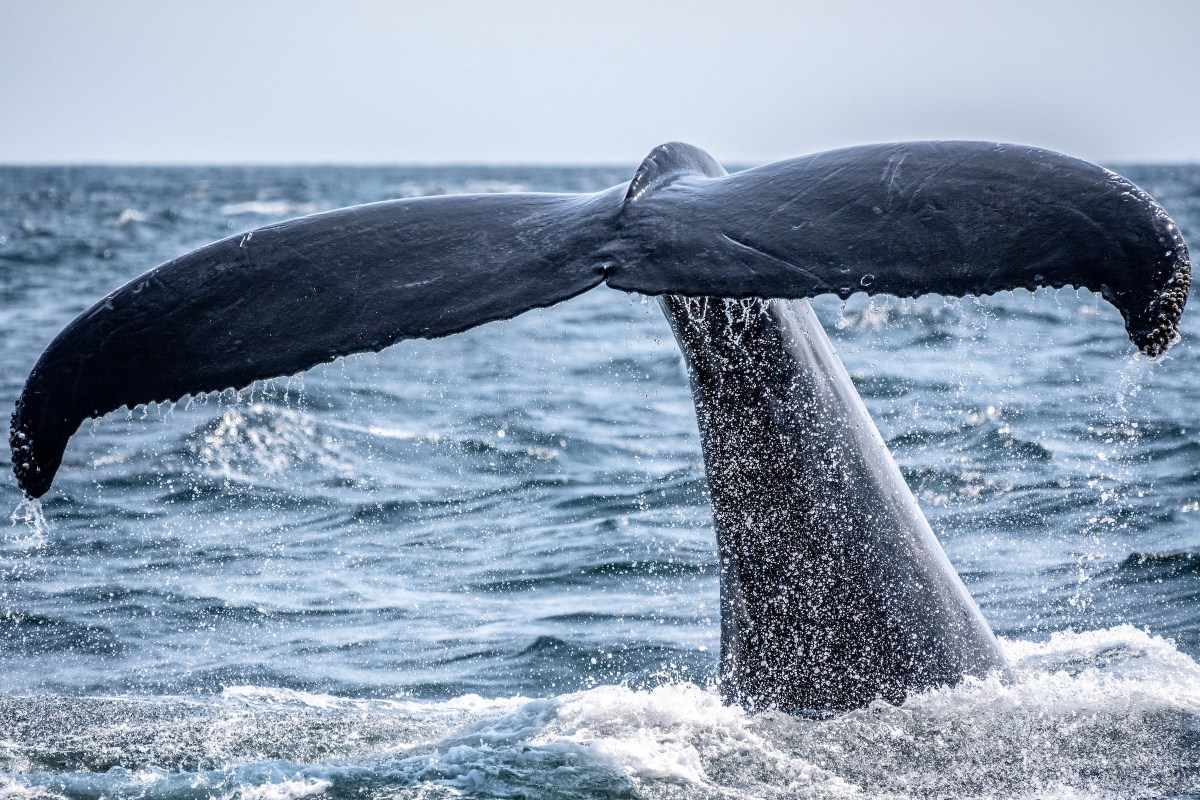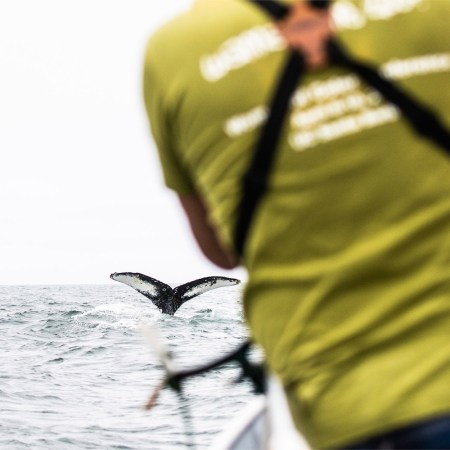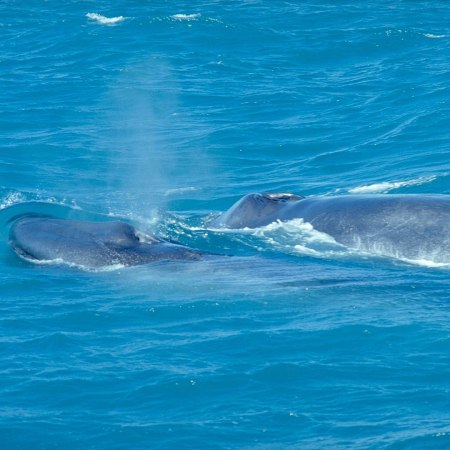If you’re ever traveling off the Atlantic coast of North America or Europe and you see a massive shape in the water below you, it’s possible that you’ve encountered a right whale. That’s both a rare event and a disquieting one — there are believed to be fewer than 400 left in the wild, and the population trends surrounding them are not encouraging. What’s even more unsettling is the prospect that more could be done to protect these whales — but that efforts to do so are being blocked.
According to a new article from Undark (via The Atlantic), that’s precisely what’s taking place. As writer Darren Incorvaia explains, North Atlantic right whales have a tendency to swim near the surface of the ocean. Taken in tandem with the whales’ habitat being relatively close to land, this creates a situation where collisions with boats are more frequent than not.
Several agencies with governance over the waters in question have taken steps to reduce boat speeds in waters where the whales live, in the hopes of minimizing both collisions and the damage that collisions can do. Incorvaia cites a study by the group Oceana that suggests that many boats are disregarding speed limits on the water — thus putting whales (and potentially the boats) in danger. The article also cites numerous cases where fishing boat operators pushed back against potential regulation.
Study: Collisions With Slow-Moving Boats Can Kill Right Whales
Worrying news for an endangered speciesIt does beg the question of whether more enforcement is necessary to protect the whales — and if so, what the best way to go about this would be. There are few easy answers, even as the whales’ lives remain at risk.
Thanks for reading InsideHook. Sign up for our daily newsletter and be in the know.


















